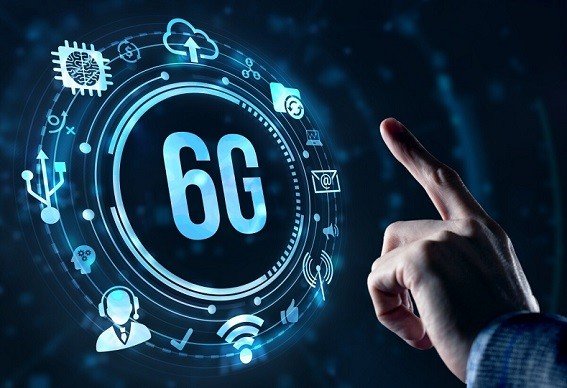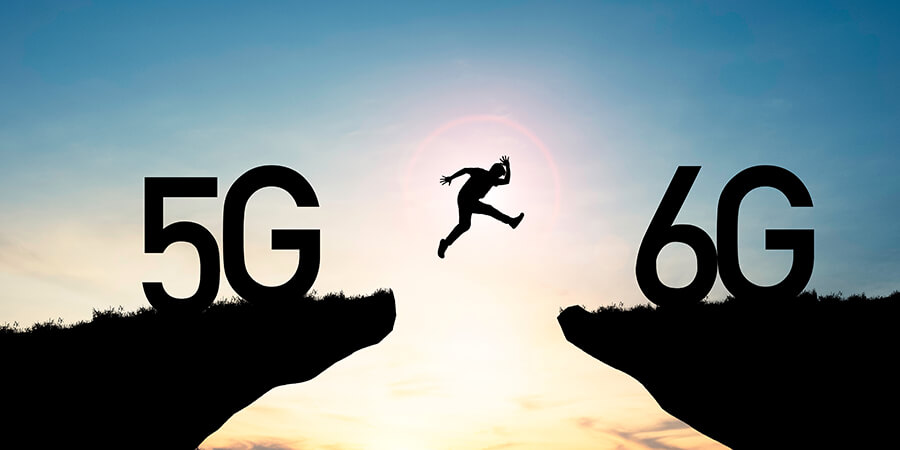
Unveiling the Future: Exploring 6G Internet Technology
Unveiling the Future: Exploring 6G Internet Technology
In the fast-paced world of technology, where innovation is a constant companion, the anticipation for the next generation of wireless communication is already stirring. As we continue to witness the widespread deployment of 5G networks, the tech community is setting its sights on the horizon of 6G technology, poised to redefine connectivity and communication once again.
The Evolutionary Leap: From 5G to 6G
1. Understanding 6G:
While 5G is still making its mark globally, researchers, engineers, and telecommunications experts are already envisioning the possibilities that 6G Internet Technology might bring. 6G, or sixth-generation wireless technology, is expected to be the successor to 5G, promising even faster data speeds, lower latency, and a myriad of applications that could reshape industries and lifestyles.
2. Speed and Latency Improvements:
One of the primary goals of 6G Internet Technology is to surpass the speed and latency capabilities of 5G. While 5G offers impressive data rates, 6G is expected to push the boundaries further, potentially reaching terabits per second in data speeds. This leap in speed will not only enhance the user experience but also open doors to new applications that demand ultra-low latency, such as real-time augmented reality (AR) and virtual reality (VR).
Key Features and Innovations:
1. Terahertz Frequency Bands:
One of the defining features of 6G is the exploration of terahertz frequency bands. Unlike 5G, which primarily operates in the millimeter-wave spectrum, 6G is expected to utilize the terahertz frequency range, offering significantly higher bandwidth. This shift could result in faster data transmission and increased network capacity, enabling more devices to connect simultaneously without compromising performance.
2. AI Integration:
Artificial Intelligence (AI) is anticipated to play a pivotal role in 6G networks. The integration of AI into the fabric of communication systems could optimize network management, resource allocation, and overall efficiency. AI-driven capabilities may enhance network reliability, self-optimization, and adaptive learning, making 6G networks more intelligent and responsive to user needs.
3. Holographic Communication:
6G is expected to introduce novel forms of communication, and holographic communication is one such exciting prospect. Users may experience immersive, three-dimensional holographic calls, meetings, and interactions. This innovation has the potential to revolutionize how people connect and collaborate, especially in a world where remote communication has become increasingly integral.
4. Energy Efficiency:
As technology advances, the environmental impact of communication systems is a growing concern. 6G Internet Technology aims to address this by incorporating energy-efficient technologies. From the design of network infrastructure to the development of energy-conscious devices, the goal is to create a more sustainable and eco-friendly communication ecosystem.
Applications and Use Cases:
1. Healthcare Revolution:
The healthcare sector stands to benefit significantly from 6G technology. The combination of high-speed connectivity, low latency, and reliable communication can enable advancements such as remote surgery performed by robotic systems, real-time patient monitoring through wearable devices, and swift transmission of medical data for timely diagnoses.
2. Autonomous Systems:
The era of autonomous vehicles and drones is already underway with 5G, but 6G could elevate it to new heights. The ultra-low latency of 6G networks could facilitate real-time communication between autonomous vehicles, enhancing safety and enabling more sophisticated cooperative maneuvers. Drones, too, could benefit from seamless communication, enabling applications in areas such as surveillance, delivery services, and disaster response.
3. Extended Reality (XR):
Augmented Reality (AR) and Virtual Reality (VR) experiences are expected to become more pervasive with 6G. The combination of high data speeds and low latency could enable realistic and immersive XR applications, transforming industries such as gaming, education, and training. From virtual classrooms to lifelike gaming environments, 6G has the potential to redefine how we perceive and interact with digital content.
4. Smart Cities and Infrastructure:
The development of smart cities, where interconnected devices and sensors enhance urban living, is likely to accelerate with 6G. The increased capacity and reliability of 6G networks could support a myriad of applications, including smart traffic management, energy-efficient infrastructure, and real-time monitoring of urban systems. This, in turn, could contribute to more sustainable and resilient cities.
Challenges and Considerations:
1. Infrastructure Deployment:
The transition from 5G to 6G will necessitate a significant overhaul of existing infrastructure. The deployment of new base stations, antennas, and network components capable of operating in the terahertz frequency range poses a considerable challenge. Moreover, rural and underserved areas may face delays in accessing the benefits of 6G due to the complexities involved in widespread infrastructure deployment.
2. Spectrum Allocation:
The successful implementation of 6G relies heavily on adequate spectrum allocation. As terahertz frequencies come into play, regulatory bodies and industry stakeholders will need to collaborate to ensure efficient spectrum usage while mitigating interference and addressing potential health concerns associated with higher frequency bands.
3. Security and Privacy:
As communication networks become more advanced, the need for robust security measures becomes paramount. 6G will need to address cybersecurity challenges, including protecting sensitive data, securing IoT devices, and preventing unauthorized access. Privacy concerns related to the extensive use of AI in network management and communication systems will also need careful consideration.
The Road Ahead:
While 6G technology is still in the conceptual and speculative stage, the vision for its capabilities is already capturing the imagination of researchers, industry leaders, and consumers alike. As we witness the ongoing rollout of 5G networks, the prospect of 6G signals not just an incremental improvement but a transformative leap that could reshape the way we connect, communicate, and experience the digital world.
In the coming years, the collaboration between governments, telecommunications companies, and technology innovators will play a pivotal role in bringing 6G from the realm of possibility to reality. As we stand on the precipice of this next technological frontier, the journey towards 6G promises to be an exhilarating ride, unlocking new potentials and possibilities that could redefine the very fabric of our interconnected world.










One thought on “Unveiling the Future: Exploring 6G Internet Technology”